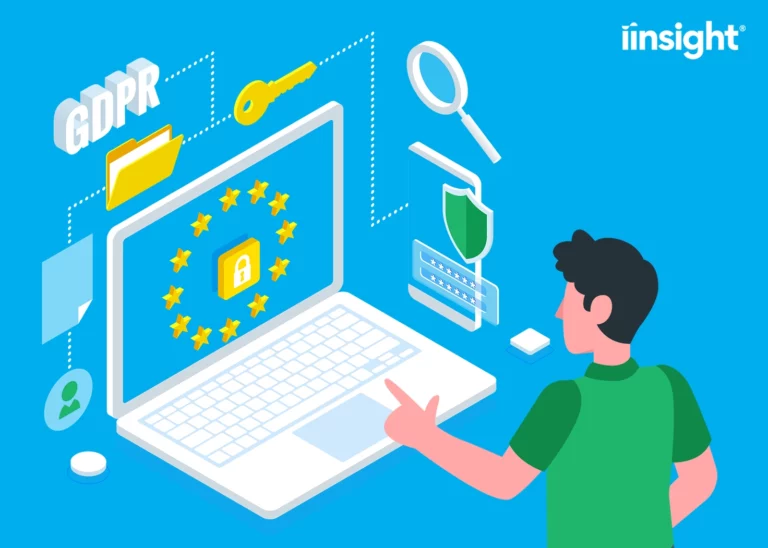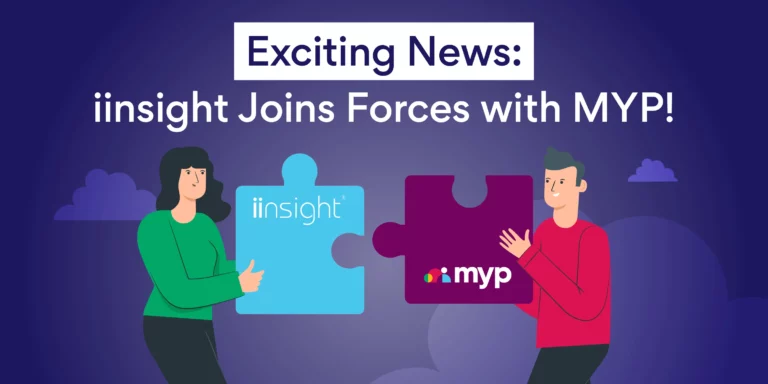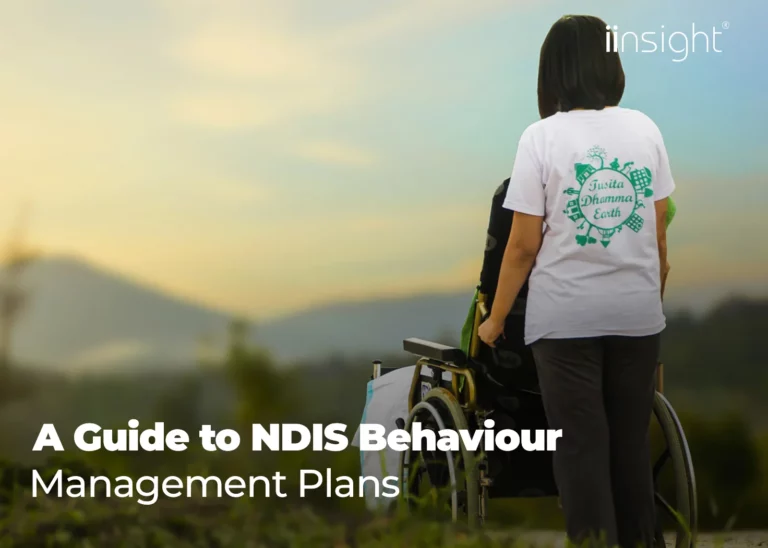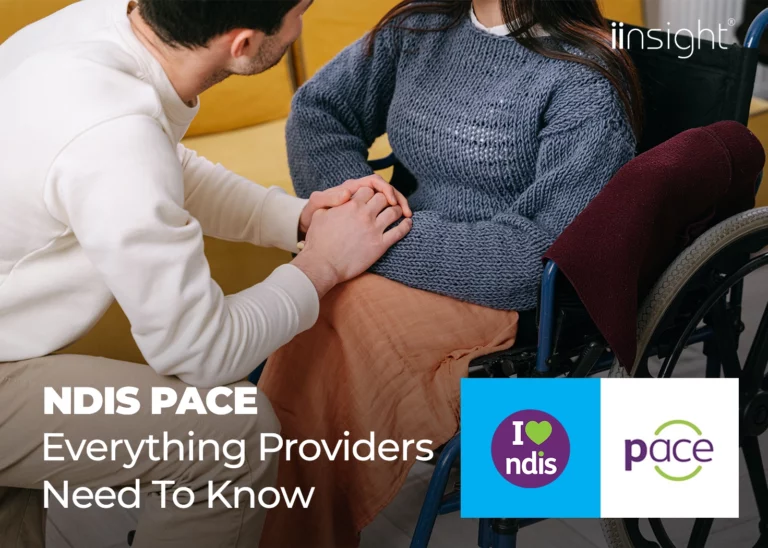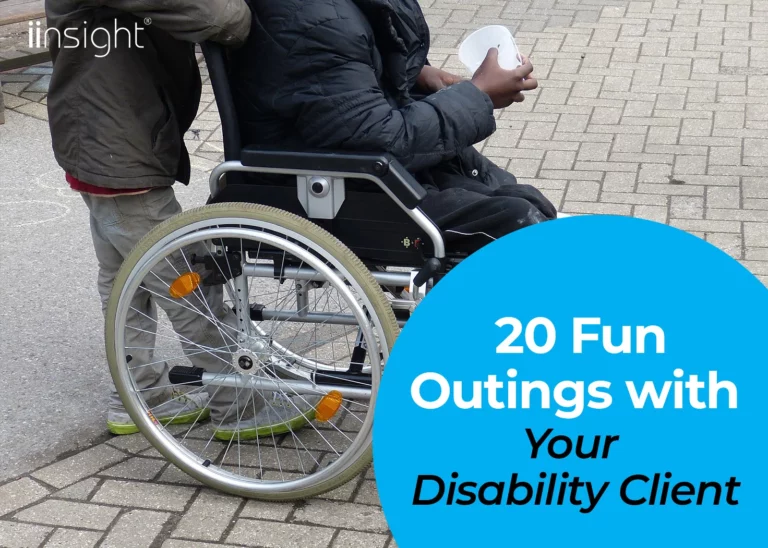A recent survey found that 61% of respondents would like to hear from their health practitioners more often. This goes to show that people want to be more involved in their care. Client engagement has become a valuable tool for improving client outcomes, reducing costs, and more.
However, improving engagement with clients is a process. It requires understanding what it is, making it a top priority, and strategizing. This guide explores what it is and shares five strategies to help improve client engagement in your allied health practice.
Implementing these strategies can help boost your client outcomes, satisfaction, and loyalty. Keep reading to learn more.
The Role of Allied Health in Client Engagement: How It Works
Client engagement is all about involving clients in their healthcare journey. It means making clients active participants in decisions about their health and treatment. Client engagement makes a big difference in how well people do when they’re receiving healthcare.
And it isn’t a one-size-fits-all thing. It needs to be tailored to meet the needs of each client for optimal results. Some of the key aspects are listed below.
Information Sharing
Healthcare providers share information with clients in a way they can understand. This helps them to better understand their conditions, risks, and treatment options. Clients are even encouraged to ask questions and express their concerns.
Participation in Decisions
Engaged clients are involved in decisions about their care. They partner with their healthcare teams, discussing treatment alternatives and more. This approach ensures that the chosen treatment aligns with the client’s individual needs and goals.
Follow-Through
Engaged clients follow through with their treatment plans. They take their medications, attend appointments, and make lifestyle changes because they understand why it’s important.
Feedback and Communication
Clients feel comfortable talking to their healthcare providers about their worries or if something isn’t working. Good communication helps everyone stay on the same page and allows for adjustments when needed.
In a nutshell, client engagement is about making healthcare personal, respectful, and effective. It’s not just about therapists telling clients what to do; it’s about working together as a team to achieve the best health outcomes.
When clients are engaged, they have a say in their health, which leads to happier, healthier lives.
Benefits of Client Engagement
With this in mind, it’s essential to know what the benefits are. These are some of the most significant benefits of client engagement.
1. Better Health Outcomes
Clients who take an active interest in learning about their conditions have stronger relationships with their healthcare providers. As a result, they are more likely to follow the therapist’s advice and take their medicines as prescribed. That means better outcomes in their recovery and increased chances of staying healthy.
2. Reduced Hospital Visits
Engaged clients are less likely to end up back in the hospital shortly after being discharged. This not only saves them from more stress but also saves money for both clients and the healthcare system.
3. Quality of Life
Client engagement isn’t just about medical issues. It’s also about how each client feels and lives their life. Engaged clients often have a better quality of life because they’re part of the decision-making process.
4. Goal Setting
Client engagement paves the way for setting realistic and achievable health goals. Clients become proactive in managing their health and well-being.
Strategy 1: Leverage Technology
Busy schedules, limited resources, and other issues can make engaging clients difficult. The good news is that technology can be your ally in this regard. Digital tools, online portals, and wearable devices can help keep clients engaged and informed.
Digital Tools for Communication
Rather than play tag with clients, consider using two-way messaging. Studies show that text messages have an open rate of 99%. This makes them quite efficient for communicating.
You can also swap out traditional pamphlets and paper mailers with emails and videos. These are less likely to be lost or ignored after an appointment.
The Power of Wearable Devices
Wearable devices are another fantastic tech tool. They help you collect real-time client data conveniently and accurately.
Plus, they offer clients immediate feedback on their health behaviours. This keeps them motivated and shows them how their actions impact their well-being.
Making the most of these tools and others can keep clients engaged and informed throughout their healthcare journey.
Strategy 2: Enhance Client Communication
Communication isn’t just about sending information; it’s a two-way street. Clients want to know that their voices are heard, and personalized feedback is a key part of that.
Empower Clients With Personalised Feedback
Clients need to understand their health and their care journey better. Personalized feedback helps them feel more in control and informed about their well-being. It’s a powerful strategy that fosters trust and ensures that they feel valued and respected.
Listen to Clients
But it’s not just about talking to clients; it’s also about listening to them. Client feedback about their experience at your practice is invaluable. Simple tools like client satisfaction surveys can make a big difference.
They go a long way toward improving the client experience. It also helps you identify areas where you can enhance client engagement in your medical practice. It’s a step towards client-centred care that benefits both your practice and your clients.
Strategy 3: Implementing Follow-Up Care Plans
Client engagement doesn’t end when the clinic visit is over. It extends into the days, weeks, and months following the appointment. Follow-up care plans are a crucial step in ensuring that clients remain engaged in their healthcare journey. They demonstrate commitment to a client’s long-term well-being.
Continuity of Care
Follow-up care plans provide a roadmap for clients to follow after their initial appointment. They outline the steps, medications, or lifestyle changes that clients need to follow to maintain or improve their health. This continuity of care helps clients stay on track, reducing the chances of them falling off the radar.
Personalised Client Care
Each client is unique, and their follow-up care should reflect that. Allied health professionals can customise these plans to suit each client’s specific needs and goals. This level of personalised care helps foster a deeper sense of engagement.
Build Accountability
Follow-up care plans also instill a sense of accountability in clients. When they know what they need to do and have a plan to follow, they’re more likely to take responsibility for their health. This proactive approach empowers clients to actively participate in their care, making them partners in the process rather than passive recipients.
Monitor Progress
These plans also provide a mechanism for tracking progress. Clients can see how their efforts are paying off, whether it’s through improved mobility, reduced pain, or better overall health. Celebrating these small wins along the way keeps clients motivated and engaged.
Strategy 4: Enhance Client Education
Clients thrive on knowledge and understanding. This is what makes a client’s education such a powerful tool. It empowers clients to actively participate in their healthcare journey.
Some examples of how you can enhance client education in your allied health practice are listed below.
Clear and Simple Language
Healthcare is complicated, with a lot of jargon and intricate complex. This makes it difficult for some clients to understand some aspects of their care. That’s why it’s important to use simple language and break down information into terms that are easy to understand.
Visual Aids and Demonstrations
Consider using visual aids, demonstrations, and hands-on exercises. These can make it that much easier for clients to understand your instructions or recommendations.
Accessible Written Materials
Provide your clients with written materials with relevant and reliable information about their conditions. Other techniques to consider include videos, podcasts, and websites. This is a good opportunity to leverage organic traffic.
Assess Clients Understanding
Check your clients’ understanding by asking them to repeat or demonstrate what they have learned. Encourage them to ask questions or voice their concerns. Establishing a feedback mechanism can also provide valuable insights.
Strategy 5: Encouraging Feedback and Continuous Improvement
Allied health professionals are primarily focused on taking care of their clients. However, asking for feedback can greatly enhance client engagement and satisfaction. It’s also an effective way to ensure continuous improvement and get clients actively involved in their care.
Value Client Opinions
Inviting clients to share their thoughts on their experience at your practice shows that you value their opinions. It makes them feel heard and appreciated. This can greatly boost their engagement in their healthcare journey.
Gain Insights for Improvement
Feedback from clients offers a treasure trove of insights. Don’t be afraid to ask your clients about their satisfaction with your practice, the services they received, and their interactions with your team. It can help you identify areas where you can make improvements in engagement and overall care quality.
Revolutionise Client Engagement in Your Allied Health Practice
The above strategies are a great first step towards happier, healthier clients. And if you are ready to up your game, consider automating with iinsight.
Our goal is to help Allied health professionals build successful businesses. Whether you need to improve the management of clients or the staff, we’ve got you covered.
Ready to get started? Schedule a demo today to learn more about our software solutions.


